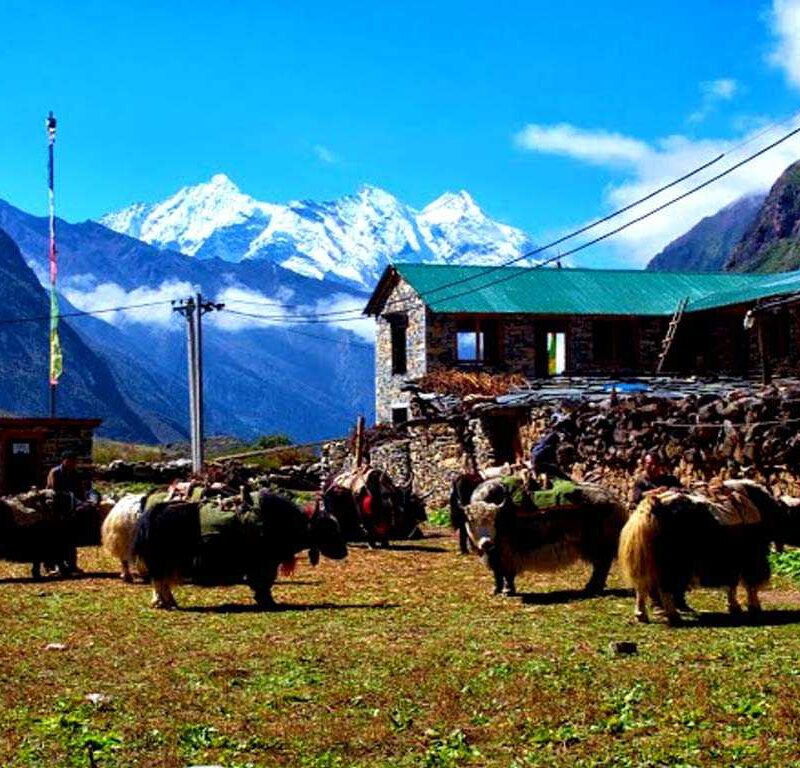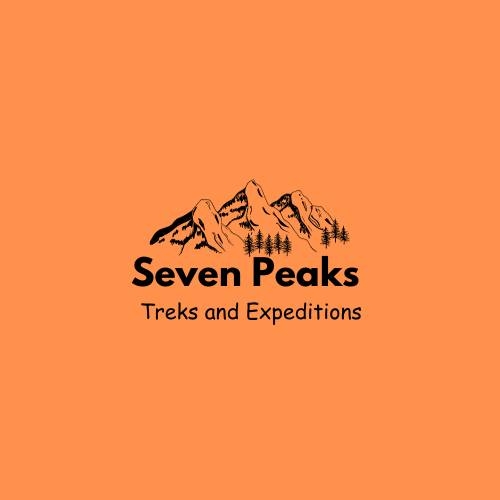Best Seasons for Tsum Valley Trekking:
Around Nepal Himalaya where all higher destinations almost the same as season wise, including Around Tsum Valley the best and the high times from April to May with September to November months of the year.
April and May most days are clear for views and for pleasant walks of moderate climate temperatures, and with longer sunlight hours when wild flowers are in season, especially rhododendron of many different species from tall tree to bushes with varied colors (Rhododendron national flower of Nepal).
April and May late afternoon can get overcast sometimes with chances of rain and snow around high altitude as well on high Mu Gompa area.
September to early November during autumn /fall another best months with clear blue sky and sunny days (for short while from morning to mid day) can be cold and freezing during morning and night times above 1,800 m high with chances of snow.
People and Culture:
High Tsum Valley populated by mountain people known as Bhotia of Strong Tibetan origin the ethnic hill tribes of North Mid Western Himalaya follows Buddhism religion similar culture as Tibetans with colorful impressive custom and heritage life of farming and cattle herding, people of high Tsum valley where bartering and trade of goods still exists with Tibetan as the border located close to high Tsum valley area.
Lower area and mid hills inhabited by mix hill tribes of both Hindu and Buddhism religions with various interesting cultures of Gurung, Magar and Bhotia with some Newar people includes Hindu Brahmin and Chettries also within farm villages on route trekking.
Introduction:
Around Tsum Valley Trekking leads you to one of the restricted region of Nepal Himalaya which was closed for centuries and flung its door open for interested travelers and trekkers to enjoy and sharing its beautiful treasures of exciting grand scenery in the harmony of local immense culture.
Around Tsum Valley due to its remoteness and isolation where few trekkers often visits this magnificent country located within Nepal Far North Mid-West of Gorkha district a pure wilderness area and interesting to venture to explore around wonderful places of Tsum Valley.
The word Tsum itself means Valley of Happiness taking from ancient Tibetan scriptures and language known as ‘Beylung Kyimolung’ for centuries the native of Tsum villages besides farming and cattle herding also barters and trade into Tibet with exchange of goods between the two countries, as the border to Tibet / China frontier at close distance from high Mu Gompa.
Around Tsum Valley trekking where visitors require special permission and permits to enter into the hidden country within time forgotten and weather-beaten villages which will be a delight and highlight of the adventure to explore around this nice villages interwoven with age-old Buddhist heritage and colorful culture.
Tsum Valley situated directly behind massive Ganesh Himal range of mountains, where the local name is Yangra, and close to Manaslu peak where native calls as Kutung, an interesting and scenic walk leads you to reach this high and scenic valley of Tsum.
Around Tsum Valley trekking begins with exciting overland journey to reach around Nepal Mid-West within the district of Gorkha, where adventure starts following Burigandaki River and on the same trail of Manaslu route for some days.
Walking from low warm farm villages to reach alpine hill of cooler temperatures where people, culture and climate changes as walk diverts further east to reach Tibetan like villages around Tsum Valley with ample time to observe local impressive cultures and custom as well visiting the area oldest monastery of Mu Gompa and the highest spot of the trip.
Enjoying glorious views and moments around beautiful villages in shade of mighty mountains, where return journey takes you on the same route this allows to see more of this marvelous areas before ending back at Soti-Khola for enjoyable drive to Kathmandu, after a remarkable adventure and experience Around Tsum Valley Trekking.



